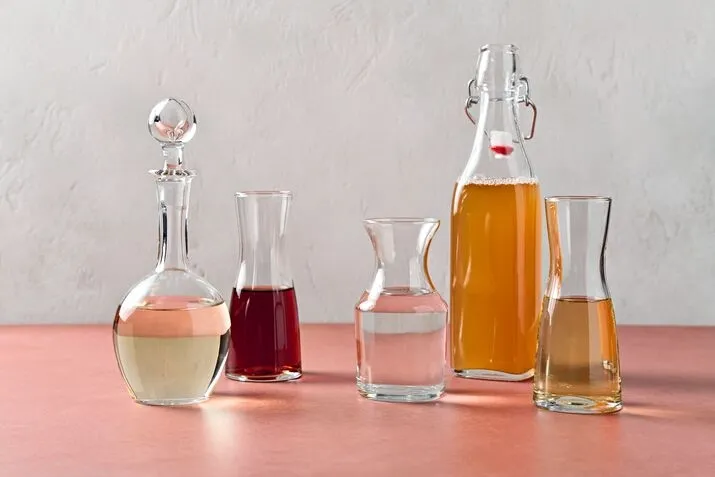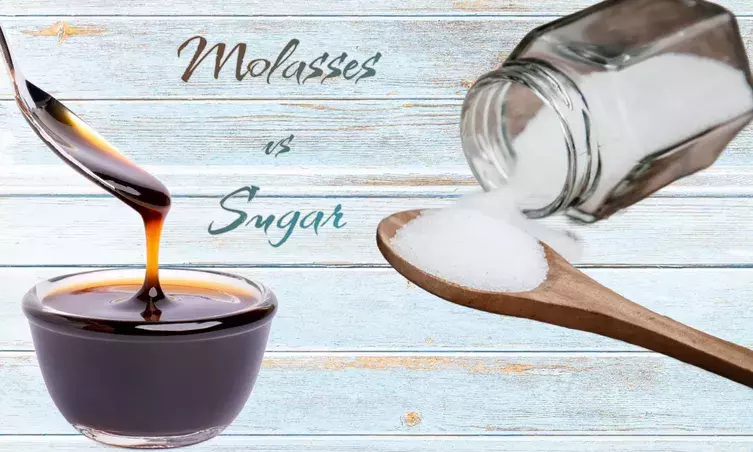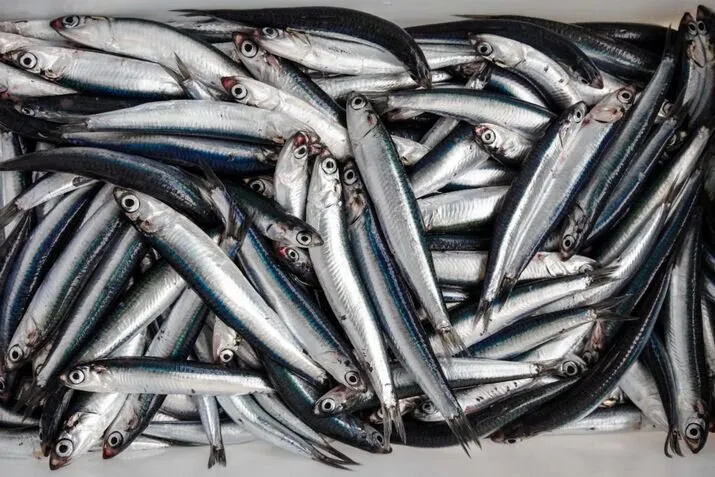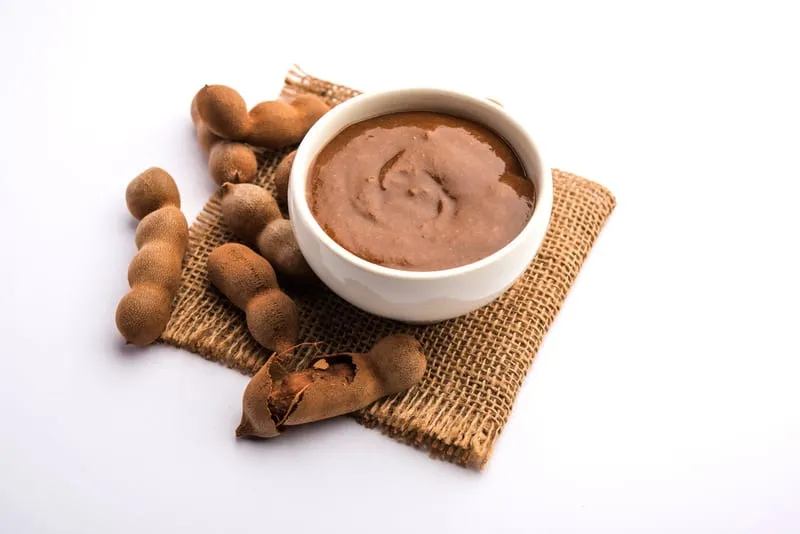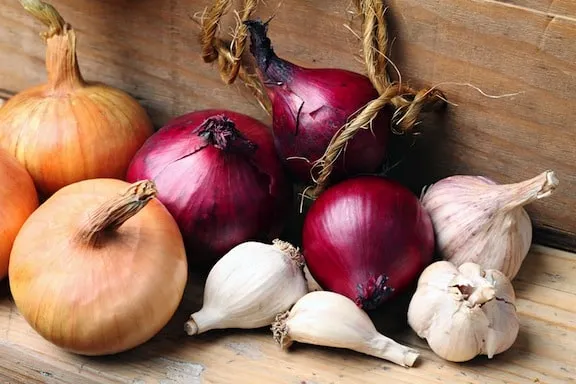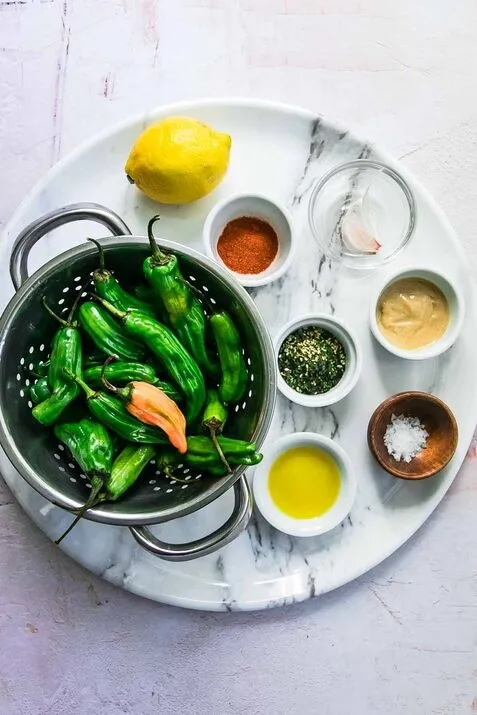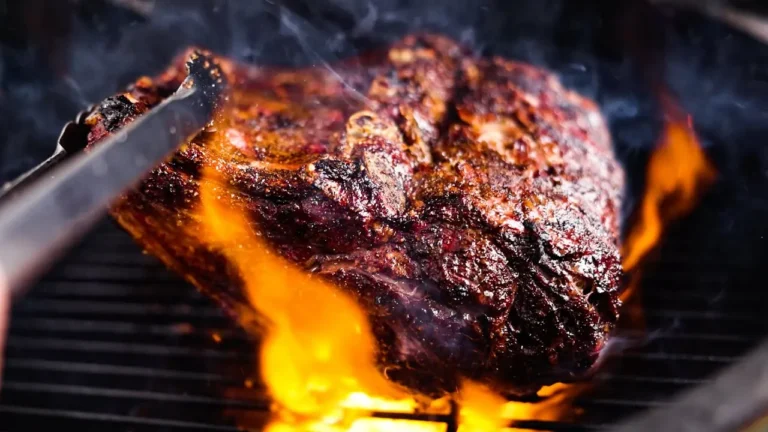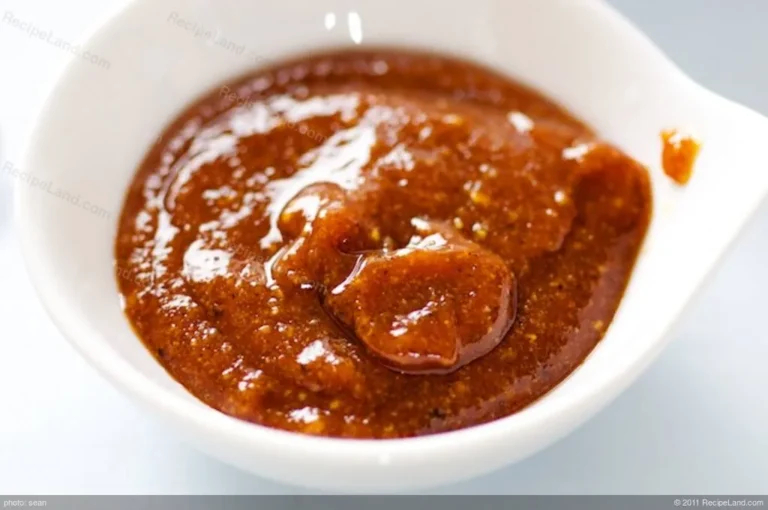What is W Sauce Made Of?
Let’s dive into the fascinating world of Worcestershire sauce, often nicknamed ‘W Sauce’. Originating in the 19th century in Worcester, England, it was crafted by chemists John Wheeley Lea and William Henry Perrins. Initially unpalatable, aging transformed it into the beloved, savory condiment we enjoy today.
Known for its intricate flavors, Worcestershire sauce enhances everything from cocktails to hearty meat dishes. This article uncovers its ingredients, regional variations, culinary uses, health benefits, debunked myths, and consumer trends.
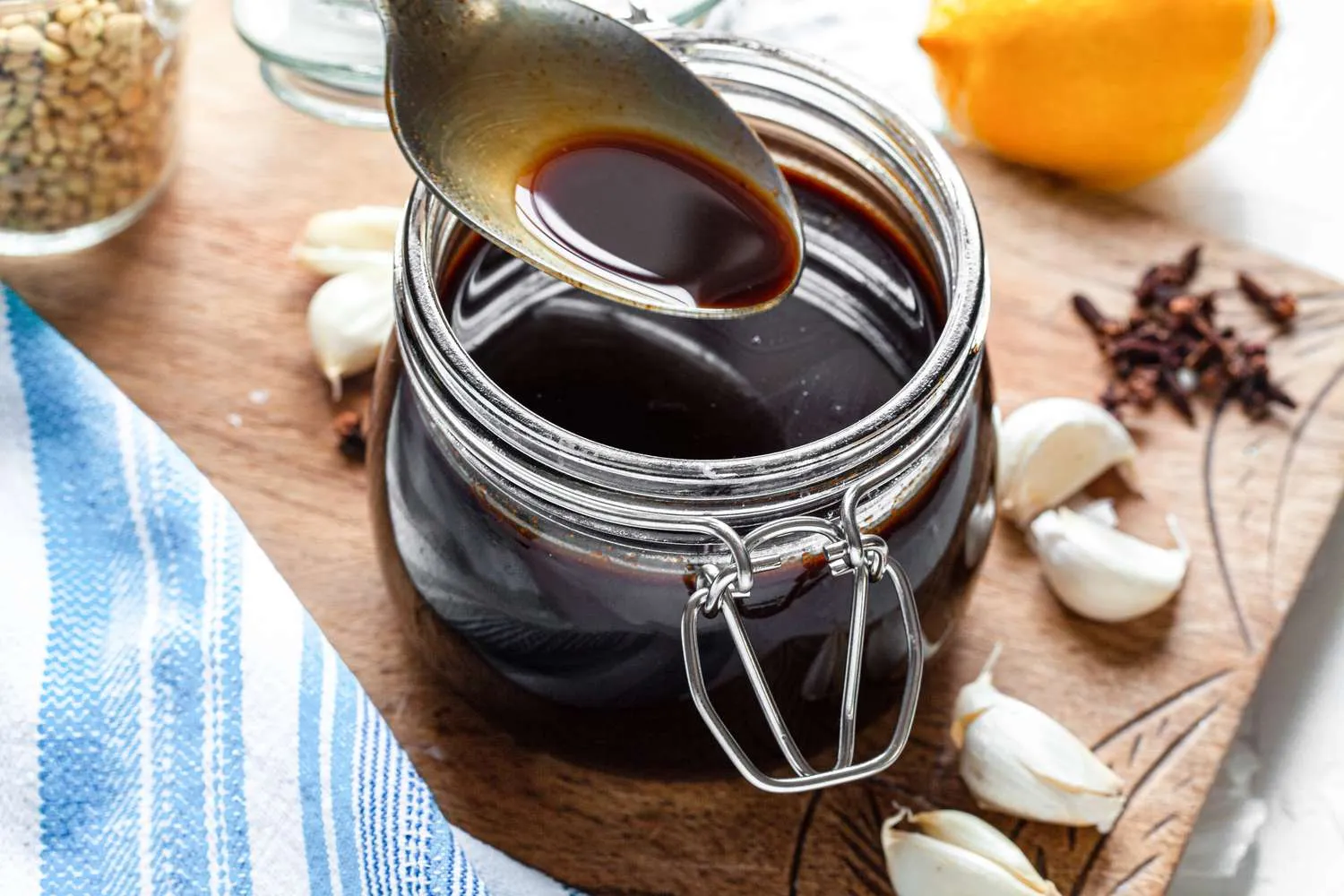
Ingredients of Worcestershire Sauce
Worcestershire sauce boasts a rich, savory taste from its unique ingredient mix. Here are its primary components:
- Vinegar: Usually malt vinegar, provides the tangy base.
- Anchovies: Fermented for an umami depth.
- Molasses: Adds sweetness and color.
- Tamarind Extract: Contributes fruity sourness and thickness.
- Onions and Garlic: Offer earthy flavors.
- Sugar: Balances vinegar’s sharpness.
- Spices and Seasonings: Cloves, soy sauce, lemons, pickles, and peppers.
- Salt: Enhances overall flavor cohesion.
Each brand may tweak the recipe, but these ingredients are key to its versatility in marinades, dressings, and more.
Homemade Worcestershire Sauce Recipe
Creating Worcestershire sauce at home lets you customize its flavor. Here’s a simple recipe:
Ingredients:
- 2 cups malt vinegar
- 1/2 cup molasses
- 1/2 cup soy sauce
- 1/4 cup tamarind paste
- 3 tbsp finely chopped anchovies or paste
- 2 tbsp sugar
- 1 tbsp salt
- 1 clove garlic, minced
- 1 small onion, finely chopped
- 1/2 tsp ground cloves
- 1/2 tsp chili powder
- 1/4 tsp ground cinnamon (optional)
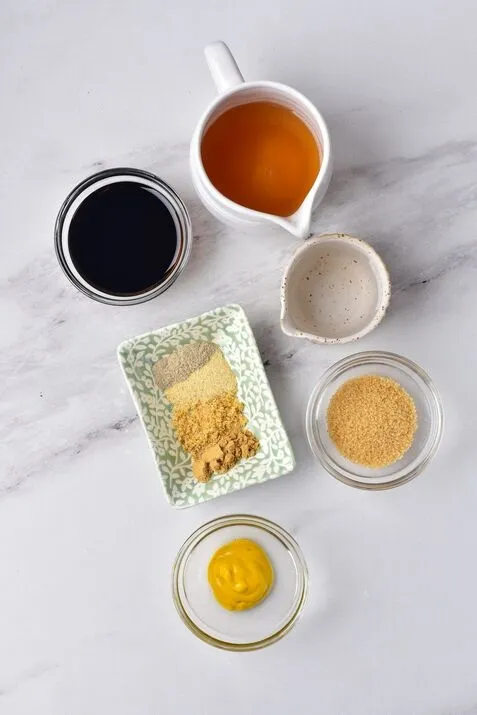
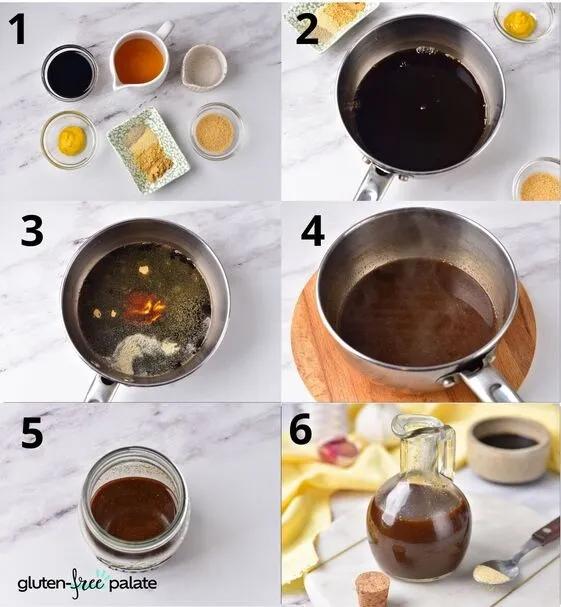
Directions:
- Combine Ingredients: Mix vinegar, molasses, soy sauce, and tamarind paste in a saucepan and simmer.
- Add Aromatics: Incorporate anchovies, sugar, salt, garlic, onion, and spices, then simmer for 20 minutes.
- Blend: Cool slightly, then blend until smooth.
- Strain: Strain through a fine sieve.
- Bottle and Age: Store in a clean jar and age for at least two weeks.
Use it to elevate dressings, marinades, and more.
Regional Variations
Worcestershire sauce has inspired adaptations worldwide:
- American: Sweeter, thicker, used in BBQ sauces and Caesar salads.
- Japanese (Usutā Sōsu): Thicker, sweeter, includes fruit and veggie purees, used in Okonomiyaki and Tonkatsu.
- Indian: Spicier with turmeric and cumin, used in tandoori dishes.
- South African: Spicier with peri-peri peppers, used in stews and grills.
- Vegan: Anchovy-free, using seaweed or soy protein.
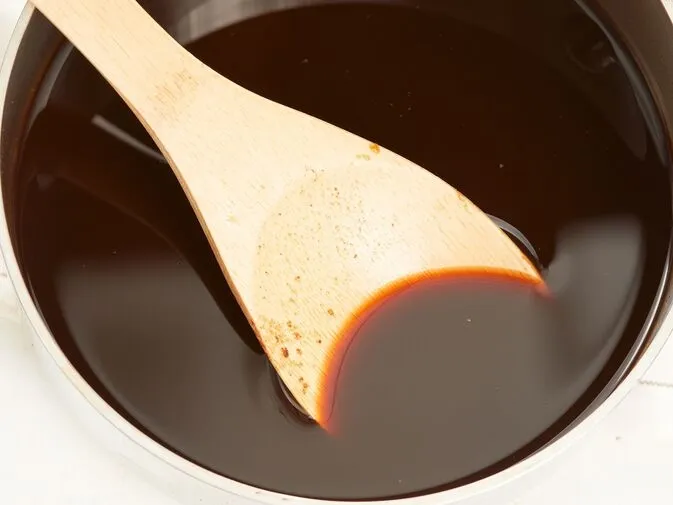
Culinary Uses of Worcestershire Sauce
Worcestershire sauce is a culinary chameleon:
- Marinades: Tenderizes and flavors meat.
- Soups and Stews: Adds depth.
- Bloody Marys: Essential for the savory profile.
- Caesar Dressing: Key ingredient.
- Barbecue Sauces: Adds complexity.
- Sautéing and Stir-Frying: Enhances vegetarian dishes.
- Cheese Dishes: Perfect with cheese dishes like Welsh rarebit.
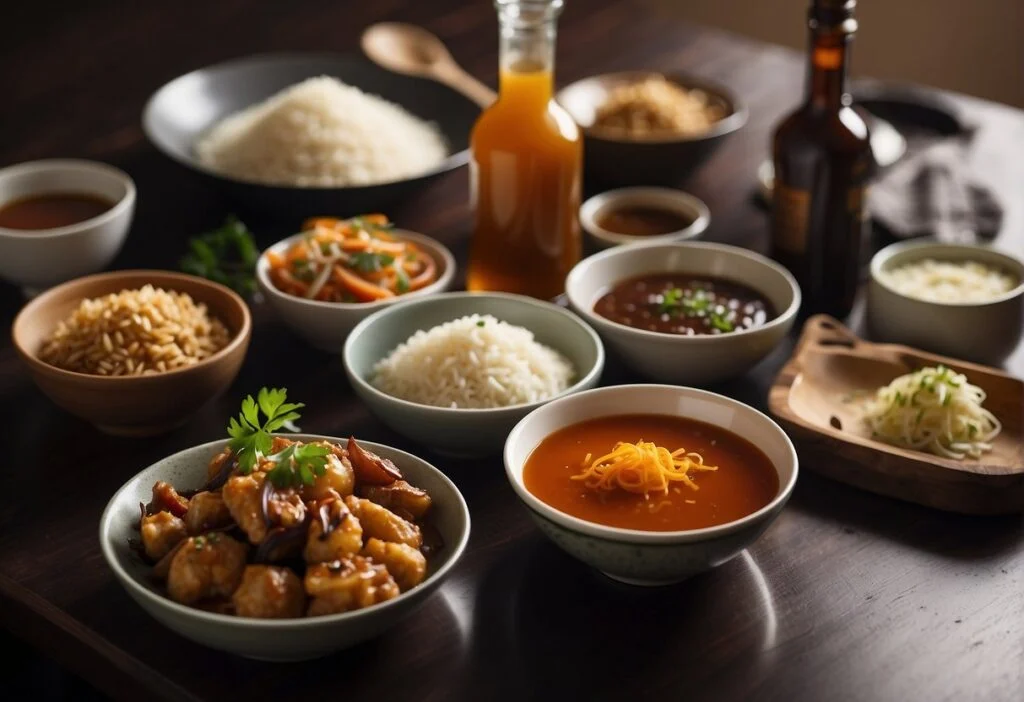
Health and Nutrition
Worcestershire sauce is low-calorie and fat-free, with some sodium. It contains small amounts of vitamins and minerals from its ingredients.
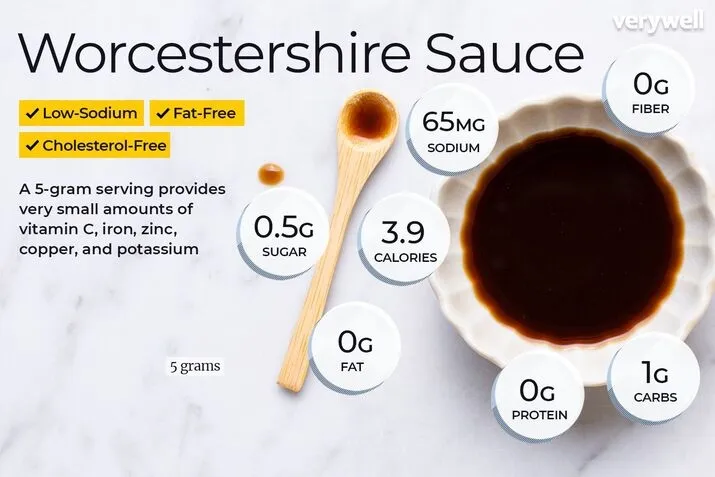
Considerations:
- Gluten Content: Traditional versions contain gluten, but gluten-free options are available.
- Fish Allergens: Contains anchovies, with vegan versions using seaweed.
Debunking Myths About Worcestershire Sauce
- Harmful Chemicals: Made from natural ingredients.
- Only for Meat: Versatile, enhances various dishes.
- High in Sugar: Low sugar content per serving.
- Contains Gluten: Gluten-free versions exist.
- Vegan Versions: Authentic with seaweed for umami.
- English Creation: Influenced by Indian cuisine.
Consumer Preferences and Trends
- Health-Conscious Choices: Natural, low-sodium, organic options are popular.
- Global Flavors: Enhances international dishes.
- Plant-Based Alternatives: Rising interest in vegan versions.
- Versatility in Cooking: Popular for its multiple uses.
- Premiumization: Gourmet versions are in demand.
- Ethical Practices: Consumers favor sustainable sourcing.
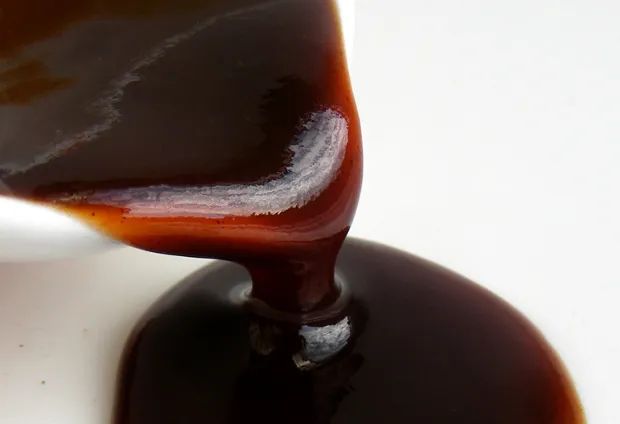
Conclusion and Recommendations
Worcestershire sauce, with its rich history and versatile uses, remains a kitchen staple. From its humble beginnings in England to its global presence today, its ability to enhance the flavor of various dishes has made it indispensable in many kitchens.

Whether you prefer the traditional recipe or opt for one of the many regional variations, this sauce offers a unique combination of savory, sweet, and tangy flavors. Embrace its potential in both classic recipes and innovative culinary creations. Experiment with making your own at home to tailor the flavor profile to your liking.
Stay mindful of dietary needs with gluten-free and vegan options, and explore the array of gourmet versions available for a more premium experience. With its diverse applications and enduring appeal, Worcestershire sauce is sure to remain a favorite for years to come.
Disclosure: Our blog contains affiliate links to products. We may receive a commission for purchases made through these links. However, this does not impact our reviews and comparisons. We try our best to keep things fair and balanced, in order to help you make the best choice for you.


